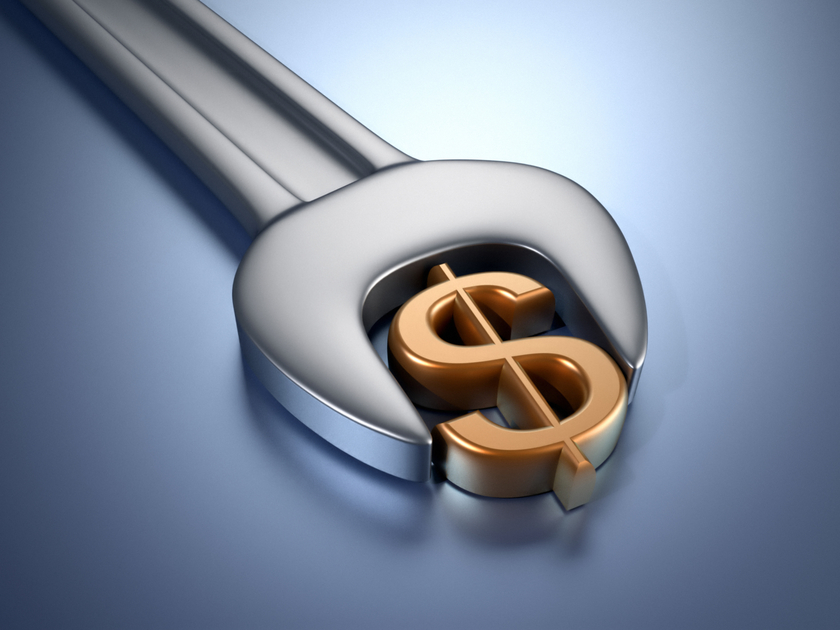Lighting and HVAC systems are responsible for more than 55% of the energy consumed in a typical commercial building, according to U.S. Energy Information Administration data. In addition, the cost of repairing or replacing these systems can really add up. A sound preventive maintenance program is the best way to keep equipment operating at peak performance and keep energy costs down.
Lighting
In addition to reducing operating costs, focusing on maintenance may increase productivity by ensuring appropriate illumination. Strategies for increasing lighting system efficiency include:
- Clean fixtures, lamps and lenses every six to 12 months.
- Repaint small rooms every year and larger rooms every two to three years. Dirt collects on surfaces, which reduces the amount of light they reflect.
- Replace lamps in groups. Lamps powered by magnetic ballasts can lose up to 30% of light output over their service life. Replacing all of the lamps in a lighting system at the same time — rather than replacing individual lamps as they burn out — saves labor, keeps light levels high and avoids stressing ballasts.
- Make sure lamps and fixtures are compatible. Installing new fixtures with new lamps increases energy efficiency and service life.
- Test light levels periodically to ensure that they meet the needs of the space and the tasks being performed. The Illuminating Engineering Society provides light level recommendations.
HVAC systems
Routine preventive maintenance improves equipment efficiency and helps keep building occupants comfortable and productive. Inspections, cleaning and testing are essential elements of a successful program:
- Hire a qualified professional to clean and inspect HVAC system equipment at least once per year.
- Check for and repair leaks around seals, valves, pipe joints and instrumentation.
- Inspect gauges and other instrumentation regularly to ensure that they are in line with building maintenance policies or manufacturers' recommendations.
- Ensure that all dampers and linkages are connected and opening and closing as intended.
- Clean heat transfer coils and replace filters as needed.
- Inspect motors and check belts for tightness.
- Make sure the cooling system is charged with the right type and amount of refrigerant.
- Clean and recalibrate mixed-air and supply-air sensors to ensure that they match occupancy schedules and building conditions.
Preventive maintenance is more than just a checklist of items. Leadership, training and documentation are necessary to tie everything together and ensure continuous improvement.

